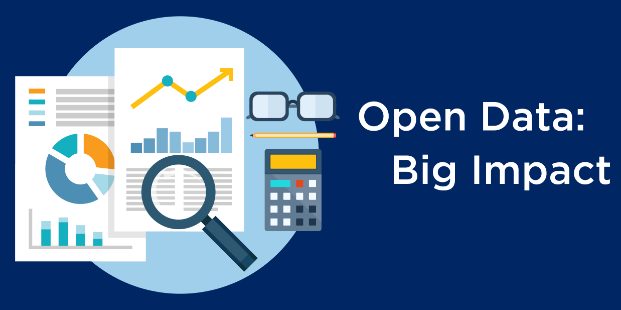
The benefits of open data for the Global South
The modern era is marked by growing faith in the power of data. “Big data”, “open data”, and “evidence-based decision-making” have become buzzwords, touted as solutions to the world’s most complex and persistent problems, from corruption and famine to the refugee crisis.
While perhaps most pronounced in higher income countries, this trend is now emerging globally. In Africa, Latin America, Asia and beyond, hopes are high that access to data can help developing economies by increasing transparency, fostering sustainable development, building climate resiliency and the like.
This is an exciting prospect, but can opening up data actually make a difference in people’s lives?
Getting data-driven about data
The GovLab at New York University spent the last year trying to answer that question.
In partnership with the U.S. Agency for International Development (USAID), the non-profit FHI 360 and the World Wide Web Foundation, we scoured the evidence about what roles open data, particularly government data, can play in developing countries.
The results of our 12 in-depth case studies from around the world are now out. The report Open Data in Developing Economies: Toward Building an Evidence Base on What Works and How offers a hard look at the results of open data projects from the developing world.
Our conclusion: the enthusiasm is justified – as long as it’s tempered with a good measure of realism, too. Here are our six major takeaways: Read full article on the Conversation

A research team led by scientists at UC San Francisco has developed a computational method to systematically probe massive amounts of open-access data to discover new ways to use drugs, including some that have already been approved for other uses.
The method enables scientists to bypass the usual experiments in biological specimens and to instead do computational analyses, using open-access data to match FDA-approved drugs and other existing compounds to the molecular fingerprints of diseases like cancer. The specificity of the links between these drugs and the diseases they are predicted to be able to treat holds the potential to target drugs in ways that minimize side effects, overcome resistance and reveal more clearly how both the drugs and the diseases are working.
“This points toward a day when doctors may treat their patients with drugs that have been individually tailored to the idiosyncracies of their own disease,” said first author Bin Chen, assistant professor with the Institute for Computational Health Sciences (ICHS) and the Department of Pediatrics at UCSF.
In a paper published online on July 12, 2017, in Nature Communications, the UCSF team used the method to identify four drugs with cancer-fighting potential, demonstrating that one of them—an FDA-approved drug called pyrvinium pamoate, which is used to treat pinworms—could shrink hepatocellular carcinoma, a type of liver cancer, in mice. This cancer, which is associated with underlying liver disease and cirrhosis, is the second-largest cause of cancer deaths around the world—with a very high incidence in China—yet it has no effective treatment.
Read full article on University of California San Francisco

